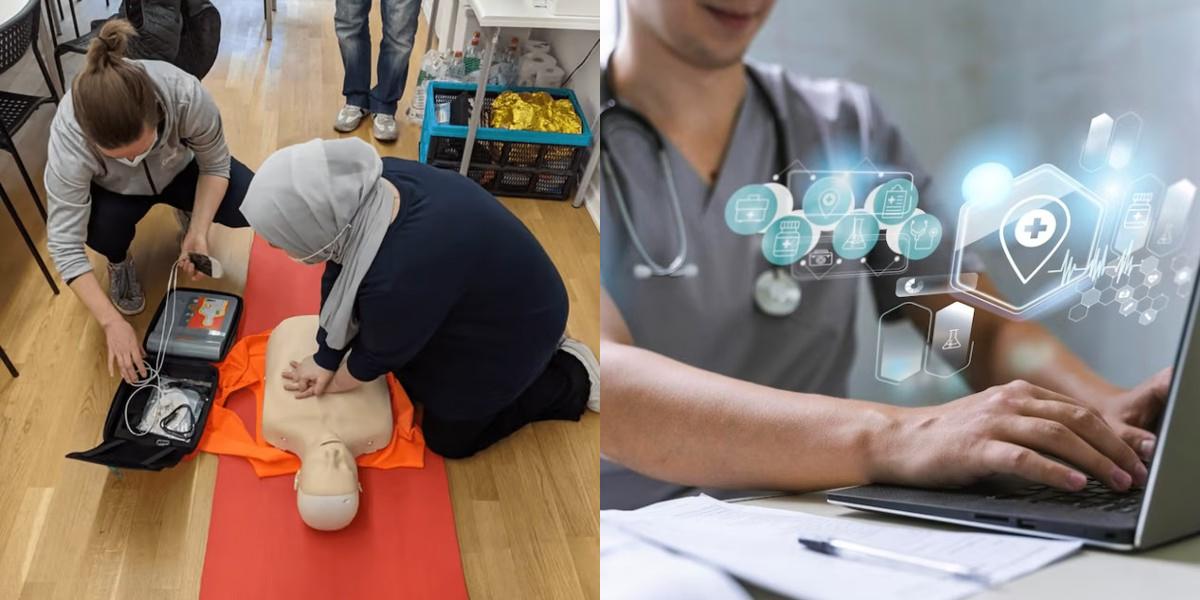CPR-BLS vs Healthcare Information Technology

Key Points:
- CPR-BLS involves providing emergency medical care; Healthcare IT deals with managing and maintaining healthcare information systems.
- CPR-BLS pay can vary based on location and experience, while Healthcare IT salaries are generally higher and more stable.
- CPR-BLS jobs are in high demand, especially in healthcare settings, while Healthcare IT jobs are growing rapidly due to the increasing use of technology in the healthcare industry.
- CPR-BLS training is typically in-person and can be completed in a few hours, while Healthcare IT training often involves online courses and certifications.
- CPR-BLS training is generally more affordable and shorter in duration compared to Healthcare IT roles.
In the healthcare industry, there are various roles that contribute to the overall well-being and safety of patients. Two such roles are CPR-BLS and Healthcare Information Technology. CPR-BLS stands for Cardiopulmonary Resuscitation-Basic Life Support, while Healthcare Information Technology involves the management and usage of technology to improve healthcare delivery. Let's take a closer look at what each of these roles entails.
CPR-BLS vs Healthcare Information Technology: Career Outlook and Salary
CPR-BLS
- The demand for CPR-BLS professionals is expected to remain steady due to the constant need for emergency medical services
- Job opportunities are available in hospitals, clinics, ambulances, and other healthcare settings
- The median annual wage for emergency medical technicians and paramedics, which includes CPR-BLS professionals, was $36,650 in May 2020, according to the U.S. Bureau of Labor Statistics
Healthcare Information Technology
- The demand for healthcare information technology professionals is projected to grow much faster than average due to the increasing adoption of electronic health records and other healthcare technologies
- Job opportunities are available in hospitals, healthcare IT companies, government agencies, and other healthcare settings
- The median annual wage for medical and health services managers, which includes healthcare information technology professionals, was $104,280 in May 2020, according to the U.S. Bureau of Labor Statistics
Final Thoughts
Both CPR-BLS and Healthcare Information Technology are important roles in the healthcare industry, each with its own unique set of responsibilities and requirements. If you have a passion for providing immediate medical assistance in high-stress situations, CPR-BLS may be the right path for you. On the other hand, if you enjoy working with technology and have an interest in managing healthcare data and systems, a career in Healthcare Information Technology may be a better fit. Consider your interests, skills, and long-term career goals when deciding which path to pursue.
Dreambound provides programs in various locations. Explore these blogs for in-depth information on the two vocations, including their specific requirements and instructions on how to become a part of them:

Pia Yapjoco is part of the school growth and sales team at Dreambound. She helps facilitate school partnerships that expand educational opportunities for aspiring students in allied health and other trades. Beyond work, she curates her pup's Instagram, hunts for hidden coffee gems, and escapes into cozy gaming.




